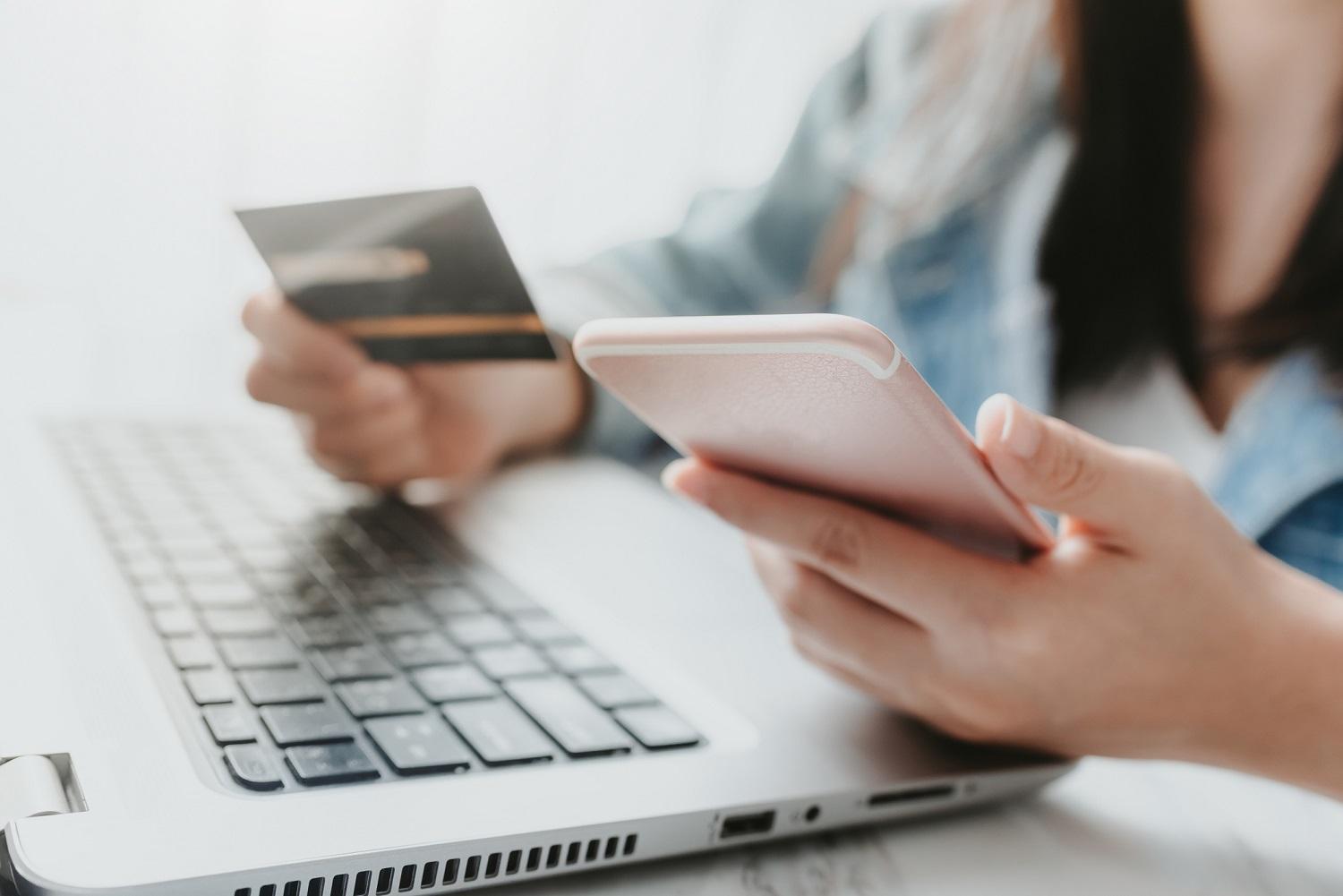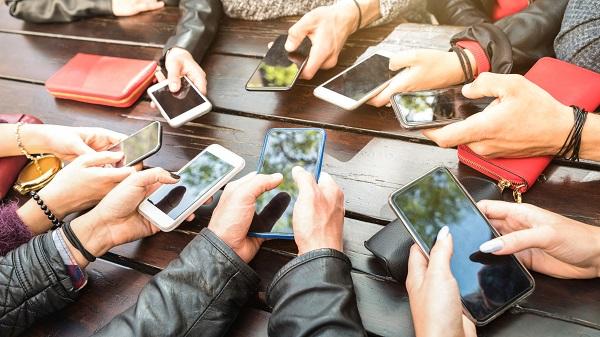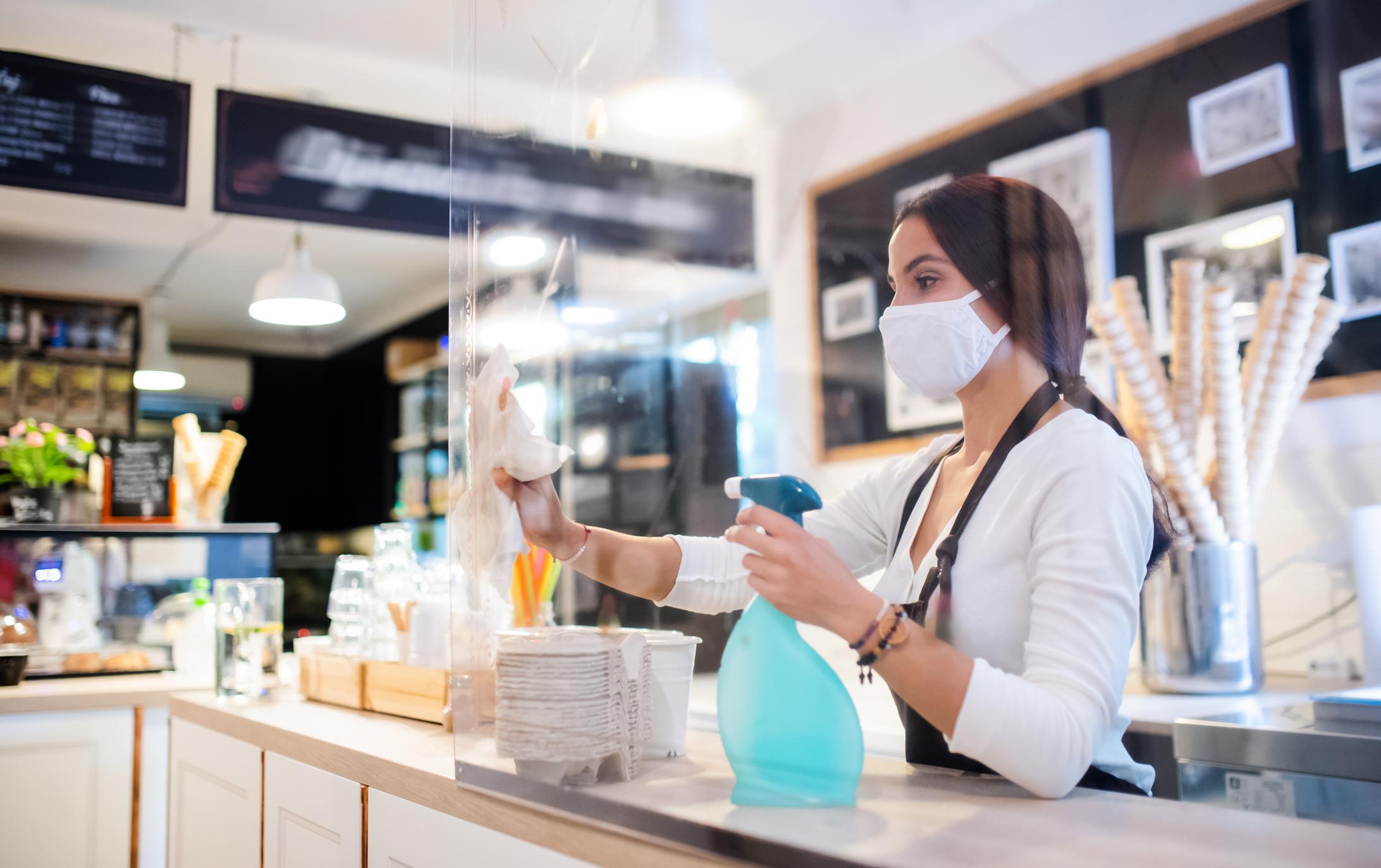MENU
Start
- Best Small Business Loans for 2024
- Businessloans.com Review
- Biz2Credit Review
- SBG Funding Review
- Rapid Finance Review
Our Recommendations
- 26 Great Business Ideas for Entrepreneurs
- Startup Costs: How Much Cash Will You Need?
- How to Get a Bank Loan for Your Small Business
- Articles of Incorporation: What New Business Owners Should Know
- How to Choose the Best Legal Structure for Your Business
Our Guides
- Business Ideas
- Business Plans
- Startup Basics
- Startup Funding
- Franchising
- Success Stories
- Entrepreneurs
Small Business Resources
Grow
- The Best Credit Card Processors of 2024
- Clover Credit Card Processing Review
- Merchant One Review
- Stax Review
Our Recommendations
- How to Conduct a Market Analysis for Your Business
- Local Marketing Strategies for Success
- Tips for Hiring a Marketing Company
- Benefits of CRM Systems
- 10 Employee Recruitment Strategies for Success
Our Guides
- Sales & Marketing
- Finances
- Your Team
- Technology
- Social Media
- Security
Small Business Resources
Lead
- Best Business Phone Systems of 2024
- The Best PEOs of 2024
- RingCentral Review
- Nextiva Review
- Ooma Review
Our Recommendations
- Guide to Developing a Training Program for New Employees
- How Does 401(k) Matching Work for Employers?
- Why You Need to Create a Fantastic Workplace Culture
- 16 Cool Job Perks That Keep Employees Happy
- 7 Project Management Styles
Our Guides
- Leadership
- Women in Business
- Managing
- Strategy
- Personal Growth
Small Business Resources
Find
- Best Accounting Software and Invoice Generators of 2024
- Best Payroll Services for 2024
- Best POS Systems for 2024
- Best CRM Software of 2024
- Best Call Centers and Answering Services for Busineses for 2024
Our Recommendations

Online only. Expires 4/27/2024
How to Encourage Buyers to Make Impulse Purchases With Your Business

Table of Contents
Many people fall victim to last-minute impulse purchases. In fact, for a majority of shoppers, most of the items they buy aren’t on their shopping list, indicating that impulse buying is alive and well. Below, learn some of the reasons for impulse buying and how your business can encourage these spontaneous purchases.
Reasons behind impulse buying
An impulse buy is an unplanned purchase a buyer makes without careful thought. Many consumers tend to make spontaneous purchases when they’re already shopping and realize they need additional products. Others make impulse purchases when they want to feel better about themselves and the image they’re portraying in society. For some, impulse buying temporarily detracts from feelings such as stress and fatigue.
In a 2022 Slickdeals survey, 61% of shoppers said randomly buying something helps them feel happy or better about a bad day, and about 70% of buyers said they’re more likely to make impulse purchases while lying in bed.
The survey also reported that 58% of shoppers said they’ve saved money from impulse shopping. They might, for example, come across a good deal on an item they believe they’ll need later. Instead of waiting until they need the item and risking paying the normal price, they’ll buy the item while it’s on sale.
Common impulse purchases
The Slickdeals survey also found that 35% of consumers buy clothing impulsively. Extra items at the grocery store, as well as restaurant dining and takeout orders, are among the other types of purchases buyers make spontaneously. About 29% of buyers said they impulsively purchase household items, 27% buy technology products and 25% impulsively purchase coffee.
In addition, the Slickdeals data shows that, for the past two years, spa services and toys have ranked in the top 10 types of impulse purchases; 2022 has been the first year since 2020 that vehicle purchases didn’t rank in the top 10 types of impulse purchases.
According to the Slickdeals survey, consumers spend an average of $314 every month on impulse purchases.
How to incentivize impulse purchases
Even at a time when many shoppers are looking to save money, they’re still making impulse purchases. The main beneficiaries may be stores that can take advantage of these impulsive purchase habits. Here are some sales strategies you can implement to incentivize these types of purchases and increase your overall sales.
1. Upsell
Upselling is a sales technique in which you encourage a customer to buy a higher-quality, more expensive version of the product they’re looking to purchase. If, for example, a customer is looking to buy a dining table, you might show them a table built from sturdier wood with ornate engravings around it. This table is more expensive but objectively higher quality. A buyer on the market for a table might be more interested in purchasing the nicer table after they see it.
2. Cross-sell
Cross-selling involves encouraging customers to buy a product that complements the one they’re already purchasing. With this approach, you can logically promote a product that will improve the buyer’s experience with the first product. For the customer who’s looking at buying a dining table, for example, you can show them some dining chairs that match.
3. Optimize your product placement
Product placement refers to the strategy of displaying products for customers to purchase. Block placement and vertical placement are two approaches that are ideal for incentivizing impulse purchases, according to Shopify. Block placement involves grouping related products together. This way, when customers find the item they’re looking for, your placement gives them the idea to purchase the other items.
Vertical placement is when you arrange items vertically on a display, with the most popular items directly in front of customers. You can place other products you want buyers to purchase on the display. This way, as buyers look up and down at the display, they’re attracted to other items they could buy.
4. Train employees to increase sales
Because your employees have direct contact with your customers, they can deliver personalized product suggestions to help influence buying decisions. That’s why you should train your team to think about opportunities for upselling and cross-selling products.
Your employees should ask what the customer is looking for and help them find it. Based on the conversation and connection they make, the employee can then offer suggestions for products the customer might like.
Even if a customer intended to purchase only one or a couple of items, have employees offer shoppers a basket. Customers can hold only a few items, so having a basket increases the chances they will grab more.
To encourage customers to make impulse purchases at your store, try upselling and cross-selling products and optimizing your product displays.
A psychological approach to sales
Understanding the factors that drive customers’ impulse purchases can help inform some of your sales strategies. On top of that, just about every shopper is looking for a deal, so running sales and promotions can help, too. Your goal is to make it easy for shoppers to find and buy items that weren’t originally on their shopping lists. If they buy those items, that’s an impulse purchase and, in turn, more sales revenue for your business.














